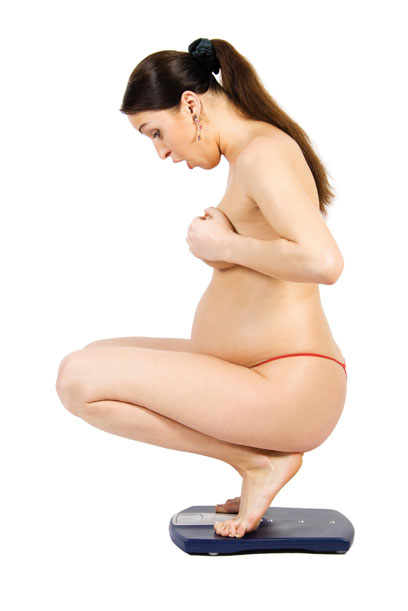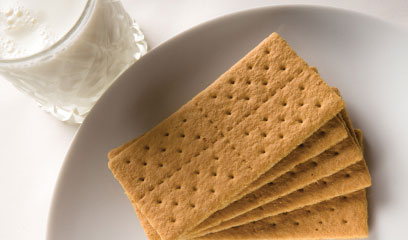 Pregnant pause: Reasons to keep your weight gain in check
Pregnant pause: Reasons to keep your weight gain in check
Weight gain during pregnancy is crucial, but gaining too much can put women at risk for harmful weight gain later in life, according to a study published in the June 2011 issue of The American Journal of Clinical Nutrition. The study’s authors assessed the pre-pregnancy body weight and pregnancy weight gain of 3,877 women and found that, 16 years after their pregnancies, women who gained “excessive” weight (as defined by the Institute of Medicine/National Research Council) were three times as likely to have become overweight or gained weight around their midriffs — a form of weight gain associated with increased health problems. Women who put on too many pounds in early or mid-pregnancy were found to be especially at risk.
Not only should pregnant women monitor their weight, but they should also pay attention to their iron level, according to another study published in the same issue of the journal. Study authors found that anemia in pregnancy — especially in late pregnancy — is relatively common. According to the Mayo Clinic, anemia can cause many symptoms, including one of its primary symptoms, fatigue. Researchers evaluated the “total body iron levels” (a figure obtained by combining two common iron measures) of 1,171 pregnant American women. They found that 18 percent of the women in the study were iron deficient, a figure that rose to 30 percent in late pregnancy. They also concluded that iron deficiency wasn’t linked to education or income level. Mexican-American and non-Hispanic African-American women in the study had a higher incidence of iron deficiency than non-Hispanic white women.
 September's List: Snack attack!
September's List: Snack attack!
Having kids in the house means snacks, lots and lots of snacks. String cheese, pretzels, yogurt in a tube: We buy them for outings and play dates, and to quell midafternoon grump-a-thons, but we often find ourselves noshing alongside the kids. A handful of Goldfish crackers here, a Nutri-Grain bar there, and all of a sudden we’ve eaten a quarter of our daily caloric allotment without even realizing it.
So — a challenge. What’s your awareness of the nutritional content of the following popular kids’ snacks? Is that stick of string cheese a good choice, a bad choice or an “it depends”?
1. Goldfish crackers
The bad: 1 oz. of crackers contains 140 calories, 5.0 grams of total fat and 210 mg of sodium.
The good: It also contains 2.0 grams of protein and 6 percent of a person’s daily iron requirement (based on a 2,000-calorie diet).
2. Yoplait GoGurt
The bad: Watch out for the calories, which vary by flavor from 50 to 80 calories per tube.
Don’t forget the sugar: The “Cool Cotton Candy” flavor packs 10 grams per serving.
The good: Yogurt is high in calcium and relatively low in sodium.
3. String cheese
The bad: String cheese can be high in sodium. (Frigo Light String Cheese contains 230 mg of sodium per serving.)
The good: It’s low in fat and packs in the calcium and protein.
4. Nabisco Honey Maid graham crackers (low fat)
The bad: A 35-gram serving has 8 grams of sugar and 220 mg of sodium.
The good: The crackers contain no saturated fat, and are high in calcium and iron.
5. Kellogg’s Nutri-Grain cereal bars
The bad: The sugar content varies by flavor. The blueberry cereal bar contains 12 grams of sugar.
The good: The bars are high in calcium and low in sodium.
6. Betty Crocker Fruit By the Foot
The bad: One little roll contains 80 calories and no protein.
The good: The rolls are high in vitamin C.
7. Popcorn
The bad: Read labels carefully to avoid fat- and sugar-packed brands.
The good: Unbuttered popcorn contains 25 to 55 calories per cup, is a fiber-rich whole grain, and is rich in iron and the vitamin B complex.











